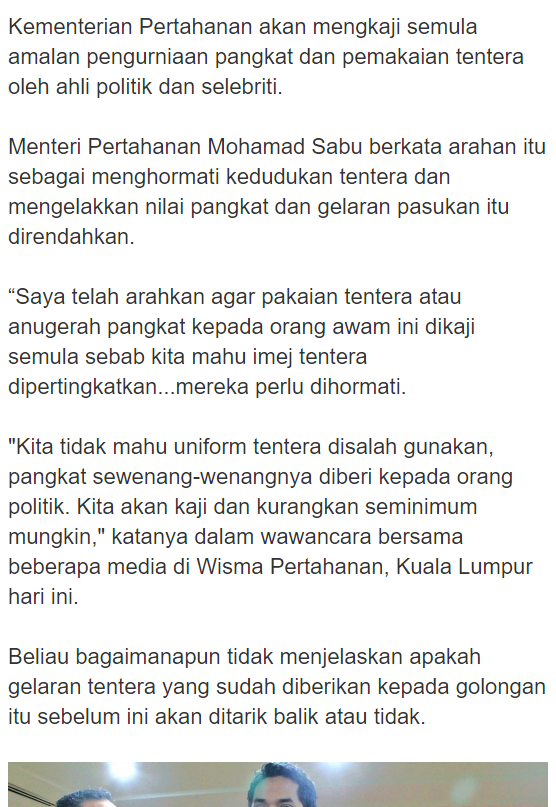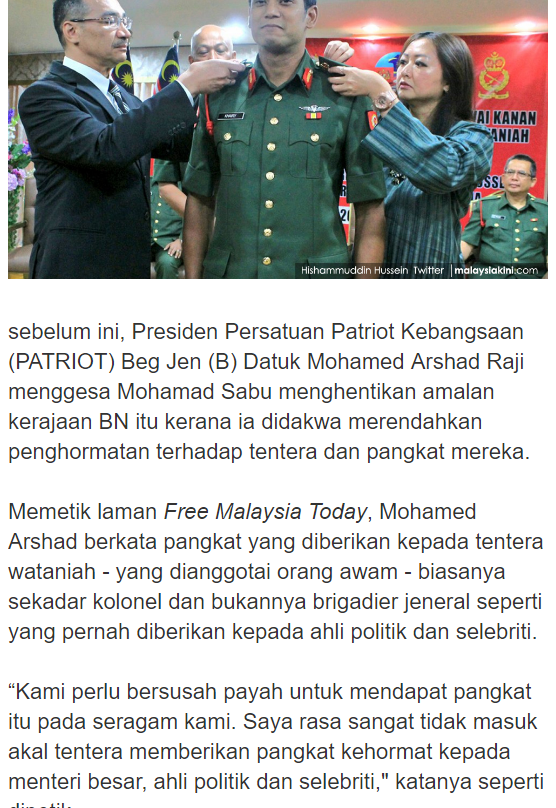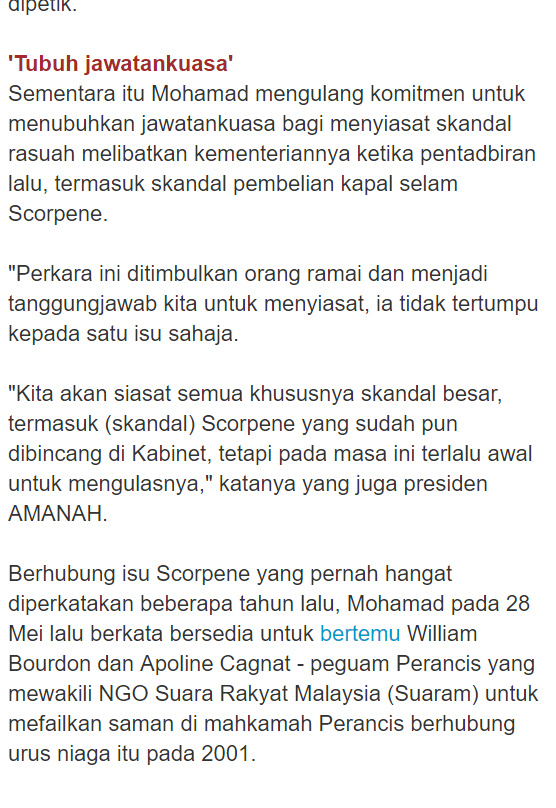



Don't Make A Big Mistake When You Sign Your Claim or Certification The Contract Disputes Act of 1978 ("CDA") contains a few simple requirements for claims over $100,000, including certification. Yet to this day contractors have consistently violated the certification requirements and, as a result, had their claims dismissed by the Boards and Courts. This is a big mistake that is easy to avoid. The mistake happened most recently in NileCo Gen'l Contracting, LLC, ASBCA No. 60912, Sept. 22, 2017. It seems as if a technology-crazed world sometimes refuses to use the most low tech machine of all-the pen-because the pen is just not electronically convenient. Government contractors should be lower tech when signing claims. The CDA states that each claim for more than $100,000 must be certified to state that: 1. The claim is made in good faith; 2. The supporting data are accurate and complete to the best of the contractor's knowledge and belief; 3. The amount requested accurately reflects the contract adjustment for which the contractor believes the government is liable; and 4. The certifier is authorized to certify the claim on behalf of the contractor. 41 U.S.C. § 7103(b). These particular requirements are included in Federal Acquisition Regulation ("FAR") 33.207(c) and the disputes clause in every contract. The FAR also states that the certification may be executed by any person duly authorized to bind the contractor. Id. Although the Contract Disputes Act does not define the term "execute," the Boards of Contract Appeals have consistently held for at least 10 years that to "execute a Contract Disputes Act certification, there must be a signature by a certifier." "Signature" is defined in the FAR as the discrete, verifiable symbol of an individual which, when affixed to a writing with the knowledge and consent of the individual, indicates a present intention to authenticate the writing. This includes electronic symbols. FAR 2.101 A failure to sign the certification as required strips the Court of Federal Claims or the Boards of Contract Appeals of jurisdiction to hear the claim and is not a correctable defect that can be corrected to restore the jurisdiction. Here are four cases over the past ten years (the last of which cites a 1993 case), where a "pen and ink" signature would have saved the contractor from having its claim dismissed by the Board: (1) NileCo Gen'l Contracting, LLC, ASBCA No. 60912, Sept. 22, 2017. The contractor merely used a typewritten signature block ("Anwar Ahmed Director"). The Board dismissed the claim even though the contractor claimed there had been a course of dealing permitting use of the typewritten signature block. The Board noted that the parties could not override the jurisdictional requirement of an executed certification through a course of dealing-and could not confer jurisdiction by agreement of the parties. (2) ABS Dev. Corp., ASBCA No 60022 et al., Nov. 17, 2016. For some of the claims in the appeal, the contractor used several typewritings of a name (presumably typewritten by electronic means) purporting to be signatures. "A typewritten name, even one typewritten in Lucida Handwriting font, cannot be authenticated and therefore is not a signature. [also] The typewritten "//signed//" is not a signature because it cannot be authenticated. Anyone can type a person's name, there is no way to tell who did so from the typewriting itself." These documents were dismissed as unsigned certifications. (3) Tokyo Co, ASBCA No. 59059, April 23, 2014. The claim was stamped "TOKYO COMPANY For general contracting & services Baghdad-Iraq Build 23 St. Al-Karadaa" above the typed words "General Manager of Company BENIAMEN MONADHIL." The Board held that a stamp bearing the company name, explaining what it does, and its address and the typed but unsigned name of the general manager "are not particularized and do not specifically identify the person executing the certification." Again, the claim was dismissed. (4) Teknocraft, Inc., ASBCA No. 55438, April 3, 2008. The company marked its certification as follows: //signed// Sam Kumar President Technocraft, Inc. The Board stated that the notation "//signed//" in the signature block was tantamount to being void of a signature, and was a fatal defect. "The computer generated nonspecific notation is not a discrete verifiable symbol which can be authenticated. As we discussed in Hawaii Cyberspace, citing Youngdale & Sons Const. Co v. United States, 27 Fed. Cl. 516, 561, n. 87 (1993), the necessity to sign the certification is to hold the signer 'accountable for any falsities contained therein.' Without a signature, the purported author of the certification could just as easily disavow the certification because "//signed//" cannot be authenticated. Proper execution of the certification is fundamental, going to the essence of the requirement." The Takeaway: Using the "high-tech" method of signing a CDA certification or claim may result in a big mistake. Use the "low-tech" method of signing them-with a pen, not with a computer. Do not type "signed" or anything else-insert a real, live signature of a person authorized to bind your company and avoid this easy pitfall. Sign both your claim letter and your certification the same way-with a pen. While it may be easier from an electronic standpoint to use a typed signature, the risk is too great. Further note: the Electronic Signatures in Global and National Commerce ("E-SIGN") Act does not require the government to accept electronic signatures. The Act provides that a governmental agency need not accept electronic signatures with respect to a contract. See Excel Bldg. & Dev. Corp., B- 401955, December 23, 2009, 2009 CPD ¶ 262, citing 15 U.S.C.§ 7001(b)(2), FAR 4.502. The Office of Management and Budget ("OMB") has issued guidance to federal agencies explaining that the Act does not force contracting parties, whether the government or the private sector, to use or accept electronic signatures and records. See Guidance on Implementing the Electronic Signatures in Global and National Commerce Act, Memorandum for the Heads of Departments and Agencies, M-00-15, OMB, Sept. 25, 2000. Article Source: https://EzineArticles.com/expert/Richard_D_Lieberman/2474340 Article Source: http://EzineArticles.com/9845539